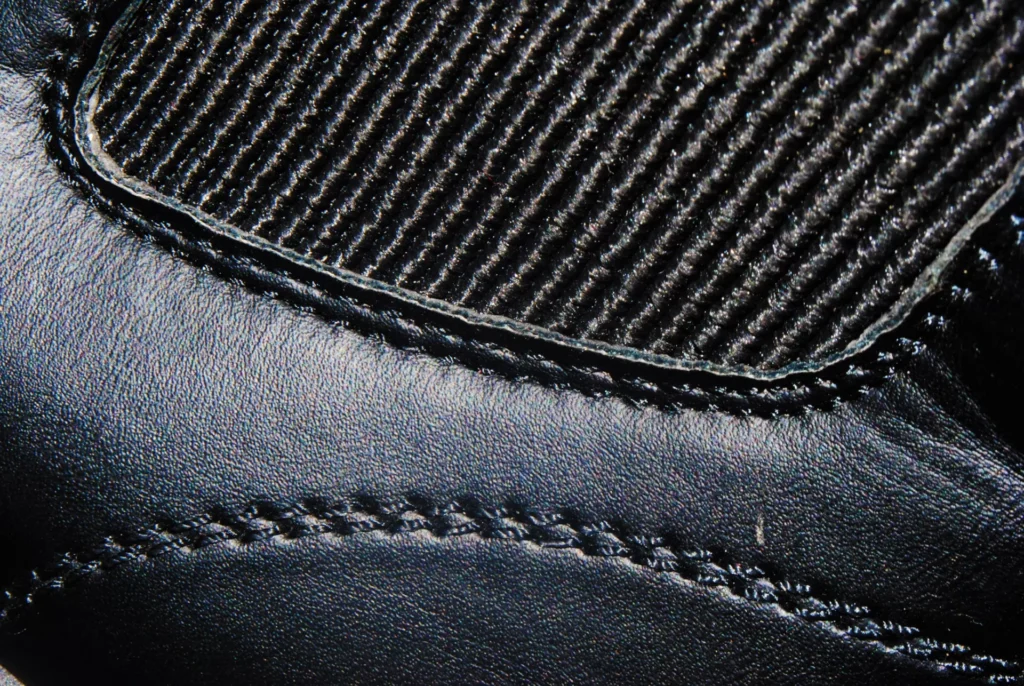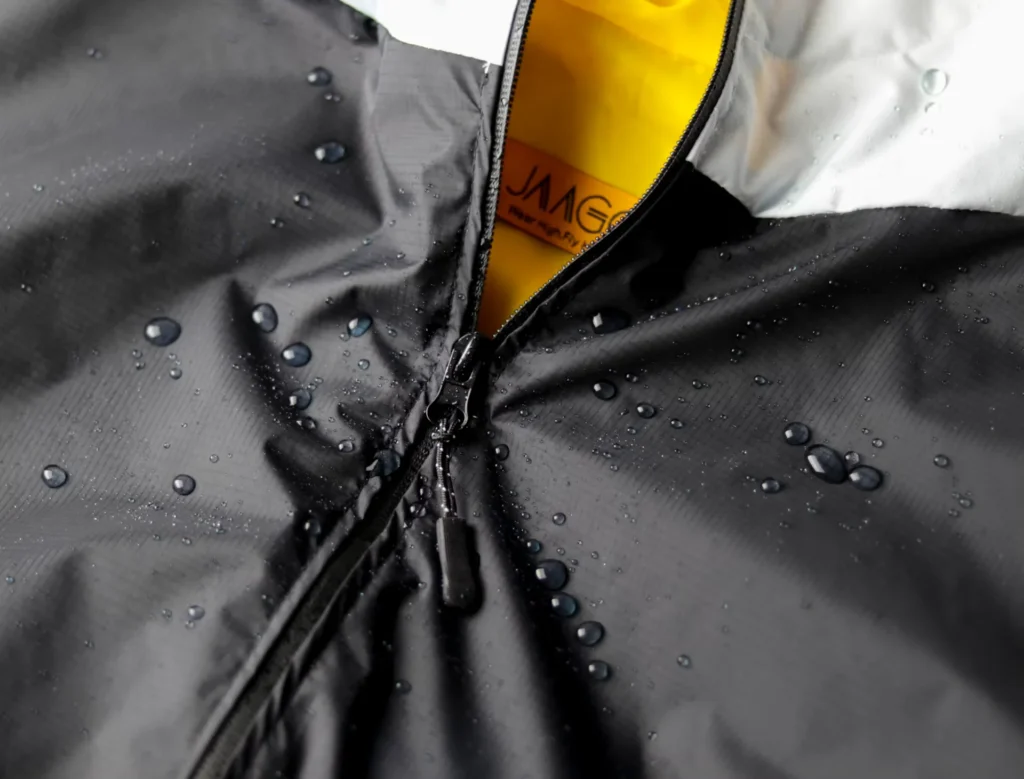Disclaimer: This content is for informational purposes only and does not constitute professional or expert advice. Always consult with surf shop staff or a qualified expert to ensure proper wetsuit selection and fit for your specific needs and conditions.
Finding a solid wetsuit can make or break a good day on the waves. Whether it’s your first time buying one or you’re just ready for an upgrade, walking into a surf shop without a clue can feel overwhelming. Racks filled with different styles, sizes, and price tags can get confusing fast. Luckily, a little know-how goes a long way. Here’s how to make sure that the wetsuit you pick off the hanger is actually worth wearing.
1. Check The Seams First

On the inside, start by flipping the wetsuit (inside out) or opening it up a little to inspect the seams closely. If the stitches appear messy, uneven, or have loose threads, the suit is likely to wear out quickly under regular use. Choose glued and blind-stitched seams wherever possible; such a stitch not only keeps water out more effectively but also has better flexibility and durability.
Some higher-end suits feature taped seams on the inside, which lend strength, help eliminate chafing, and extend the lifespan of the suit. Clean stitching and no loose threads are an indication of quality craftsmanship and long-term performance.
2. Feel The Neoprene

And always keep in mind that wetsuits are made out of neoprene, and not all neoprene is created equal. Softer neoprene often translates to more comfort, better flexibility, and it’ll be easier to paddle or move around in the water. If it’s stiff or coarse seeming, it can restrict movement, particularly in the shoulders and arms, resulting in a tiring session and potentially soreness after a long time wearing it.
Better quality wetsuits are made from a higher-grade, buttery-soft neoprene that hugs the body but still offers a full range of motion. Softer suits tend to have a higher price, but they’re also way easier to wear on long surf days or cold-water sessions.
3. Know Your Thickness
Keep in mind that wetsuits come in various thicknesses for a reason. Choosing a 3/2mm wetsuit works in warm to cool water. While a 4/3mm is better for chillier days, a 5/4mm or thicker is for cold-water surfing.

Don’t just guess. Ask what works best for your local conditions or check a chart that lists ideal wetsuit thickness by water temperature. Too thick, and you’ll overheat. Too thin, and you’ll freeze.
4. Try Before Buying
While it’s tempting to grab the first suit that looks good, always try it on before making a purchase. Opt for a suit that fits well, feeling snug but not tight. Additionally, it should hug your body without pulling too hard in any one spot. Bend your knees, swing your arms, and stretch a bit to see how it moves with your body. Don’t forget that a good shop should have a changing area so you can test out the fit.
5. Pay Attention To The Entry Style

A back-zip wetsuit is perfect for beginners, as donning and doffing it is easier with this option, making it a good choice if you’re starting out. However, it could allow more water into the suit, especially around the neck and back. A chest-zip investment provides more flexibility, new seal creation, and means more water is kept out than the standard back-zip, but it’s slightly more challenging to put on and takes some practice.
Then there’s the zipper-less style, which allows for the most natural movement and the most significant degree of flexibility, making it ideal for high-performance surfing. However, it can be challenging to get in and out without assistance. Consider what suits your needs, water temperature, and surfing frequency best. If you’re a beginner to surfing, a user-friendly back-zip could be ideal for starting comfortably.
6. Ask The Shop Staff For Advice
Feel free to ask what they suggest for the water temps, typical surf conditions, and how long you’ll be staying out there. Most surf shop teams surf themselves and have tried tons of suits personally, so they can usually help direct you to something that fits both your needs and your budget. Some might even alert you to special deals and discounts on last-season wetsuits that are still going strong and performing very well.
7. Don’t Just Look At The Price Tag
Spending your money on a high-priced wetsuit with fancy features you’ll never use is not worth it either. Focus on quality, fit, and comfort first. However, if you’re on a tight budget, ask about last year’s models or gently used suits. Many surf shops Northern Beaches locals trust carry second-hand wetsuits that are still in great shape. With the right fit and condition, a used suit can be just as good as a brand-new one.
Fit Right, Surf Free!
From checking the seams, to feeling the neoprene, to understanding the appropriate thickness for the water temperature, to trying on the suit, you’ll be one step ahead. Choosing the proper entry style (back-zip, chest-zip, or zipperless), consulting informed shop employees, and considering value versus price will all help close the deal. Depending on your needs, you’ll also want to keep fit, flexibilit,y and durability of the wetsuit in mind.
The ideal wetsuit should fit like a second skin, keeping you warm and moving with your body so you can concentrate on catching waves rather than pulling at your gear or wondering if you are uncomfortable. A proper wetsuit, fitted correctly, means the difference between performance and enjoyment!












